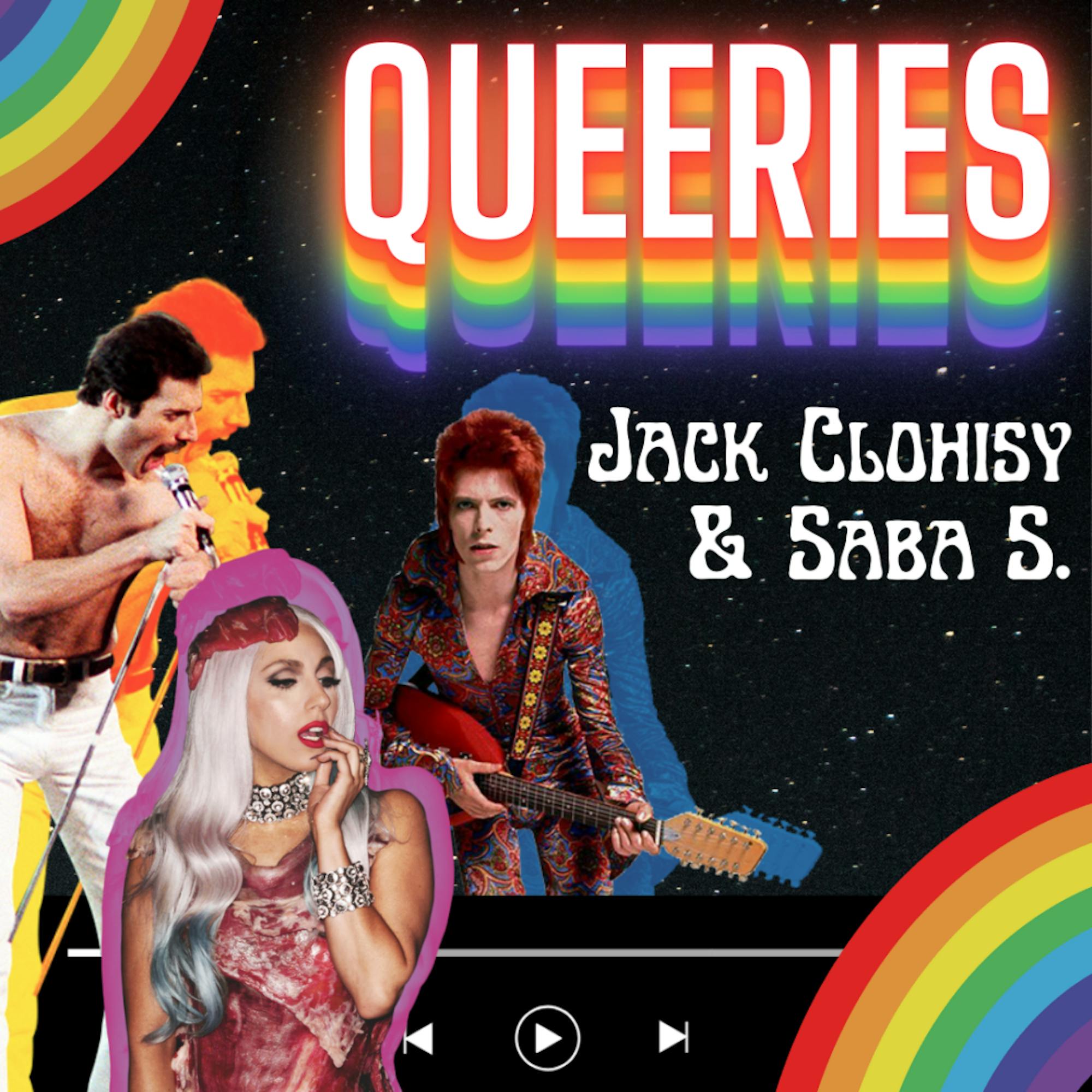Hello to all our queers, peers, queer peers, etc. Queeries is coming right back at you again for the spring 2023 semester. Similarly to last fall, we’ll be discussing anything and everything queer. We’re here, we’re queer and we’re here to spread all the love and joy. Please enjoy our iterations this semester.
In the past decade, the media portrayal of the queer community has redirected from negative characterization, which reflected the societal intolerance of LGBTQ+ individuals, to mass representation and advocacy for queer individuals. Media exposure has also boomed, with higher levels of media holding productive conversations surrounding LGBTQ+ individuals and shutting down the negative stereotypes we’ve been exposed to for so long.
David Dobkin’s film “Wedding Crashers” (2005) depicts gay men as predatory and creepy as they try to exploit Vince Vaughn’s character, a straight, white, cisgender man. While this film can be described as a tender comedy, this singular scene of ‘entertaining’ homophobia breaks it for us. This scene would have immediately been vetoed in 2022. Not only does this perpetuate the harmful stereotype that gay men are sexually promiscuous, but it creates a damaging effect on the idea of queerness in society. It helps stop LGBTQ+ progress and helps promote the idea that gay men can not help themselves. These are the stereotypes that formed a conflict between homosexuals and heterosexuals during the AIDS epidemic, and promote division, not acceptance.
We even see instances of homophobia in Roger Kumble’s “Cruel Intentions” (1999). This movie encapsulates the life of pretentious, rich American teenagers in New York City. Sebastian (Ryan Phillippe) needs information from closeted football player Greg (Eric Mabius). Sebastian convinces his gay friend Blaine (Joshua Jackson) to let him take a picture of the two in a promiscuous position and uses it to manipulate Greg to help him ‘get the girl.’ This scene promotes and normalizes the internalized homophobia and shame that comes with being queer. Though subtle, it is quite traumatizing to young minds who are starting to question who they might be and view it as wrong.
As a society, we have grown so far from this form of damaging representation and have created a more cultivating form of media for queer individuals. There is still much improvement to be had, and while representation in the queer community is built on intersecting identities, the vilification of queer people in movies like “Wedding Crashers” and “Cruel Intentions” detracts from and dehumanizes queer people. Richer narratives that breathe life into queer stories of love, joy and celebration can reclaim queer narratives and introduce heterosexual audiences to a broader taste of all the emotions and experiences queer people have to offer.






